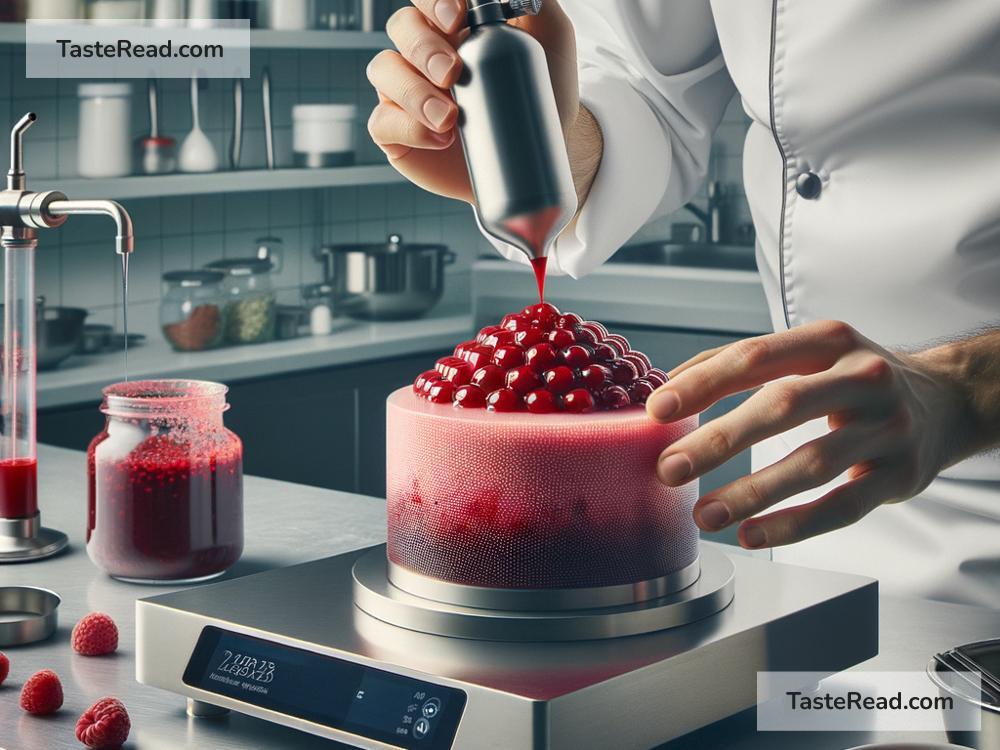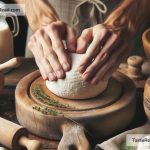Unraveling the Sweet Mysteries: Advanced Techniques for Crafting Unique and Complex Desserts
The art of dessert-making has always been a delightful realm within the culinary world. From the simplest of cookies to the most intricate pastries, the range of creations is boundless. However, for those eager to elevate their dessert game, venturing into unique and complex desserts using advanced techniques can be both challenging and rewarding. In this guide, we’ll uncover some sophisticated methods that can help transform your sweet dishes into extraordinary culinary masterpieces.
1. Mastering the Meringue: Elegance in Simplicity
Meringue, a magical blend of whipped egg whites and sugar, is the backbone of many complex desserts. Its versatility allows it to be used in creating light-as-air pavlovas, crispy meringue shells for lemon meringue pies, and the delicate macarons that we all adore. Achieving the perfect meringue involves understanding the science behind it – like ensuring your bowl and whisk are completely grease-free and getting to know the exact point at which to stop beating the egg whites to achieve stiff, glossy peaks.
2. The Art of Temperamental Tempering Chocolate
Creating desserts with a glossy, snap-crisp finish of tempered chocolate can elevate a simple dessert into something extraordinary. The tempering process involves carefully heating and cooling chocolate to specific temperatures to control the cocoa butter crystals. This technique results in chocolate that has a smooth, glossy finish and a satisfying snap. Whether you’re making chocolate-covered strawberries or an elegant chocolate garnish for your cakes, mastering chocolate tempering opens up a world of creative possibilities.
3. Molecular Gastronomy: The Future on Your Dessert Plate
Molecular gastronomy has taken the culinary world by storm, allowing chefs to experiment with the physical and chemical transformation of ingredients. Imagine serving a dish of “caviar” made from fruit juice or a dessert that combines contrasting textures like a solid, yet creamy, foam. Techniques such as spherification, gelification, and emulsification might sound like they belong in a science lab, but they are increasingly finding their way into the kitchen, helping create mind-bending desserts that defy expectations.
4. The Craft of Caramelizing: A Spectrum of Flavors
Caramelizing is not just about creating a deliciously golden sugar for your crème brûlée. It’s about understanding the complex chemical reaction known as the Maillard reaction, which occurs when sugars and amino acids heat up and create new flavors and aromas. This technique is what transforms a simple apple tart into a masterpiece of deep, rich flavors. Whether you’re making a caramel sauce or caramelizing fruits to enhance their natural sweetness, this method requires patience and precision but rewards you with a depth of flavor that is unparalleled.
5. Sculpting Sugar: The Sweetest Art Form
Sugar work, including pulling, blowing, and casting sugar, is an advanced technique that allows you to create stunning edible decorations for your desserts. From delicate sugar ribbons to intricate, glass-like sculptures, these creations require a steady hand and a lot of practice. The process involves cooking sugar to the hard-crack stage before it’s manipulated into your desired shape. This technique can turn a simple dessert into a showstopping centerpiece that is as delicious as it is beautiful.
6. Masterful Maceration: Maximizing Flavor
Maceration is a simple yet often overlooked technique that involves soaking fruits in liquids (such as alcohol, syrup, or their own juices) to soften them and enhance their flavors. This method can transform the taste and texture of the fruit, making it a perfect topping for cakes, a delicious filling for crepes, or a vibrant addition to a fruit tart. By understanding the different ways to macerate fruit, you can create desserts that celebrate the natural sweetness and complexity of their ingredients.
Wrapping Up Sweet Success
Stepping into the world of unique and complex desserts requires patience, practice, and a dash of creativity. Whether you’re experimenting with the chemist-like precision of molecular gastronomy or crafting a glossy chocolate masterpiece through tempering, these advanced techniques not only challenge your culinary skills but also expand the horizons of what’s possible in dessert making. So, don your apron, gather your whisk, and embark on this sweet journey of discovery. Who knows? Your next creation might just be the talk of the table!


